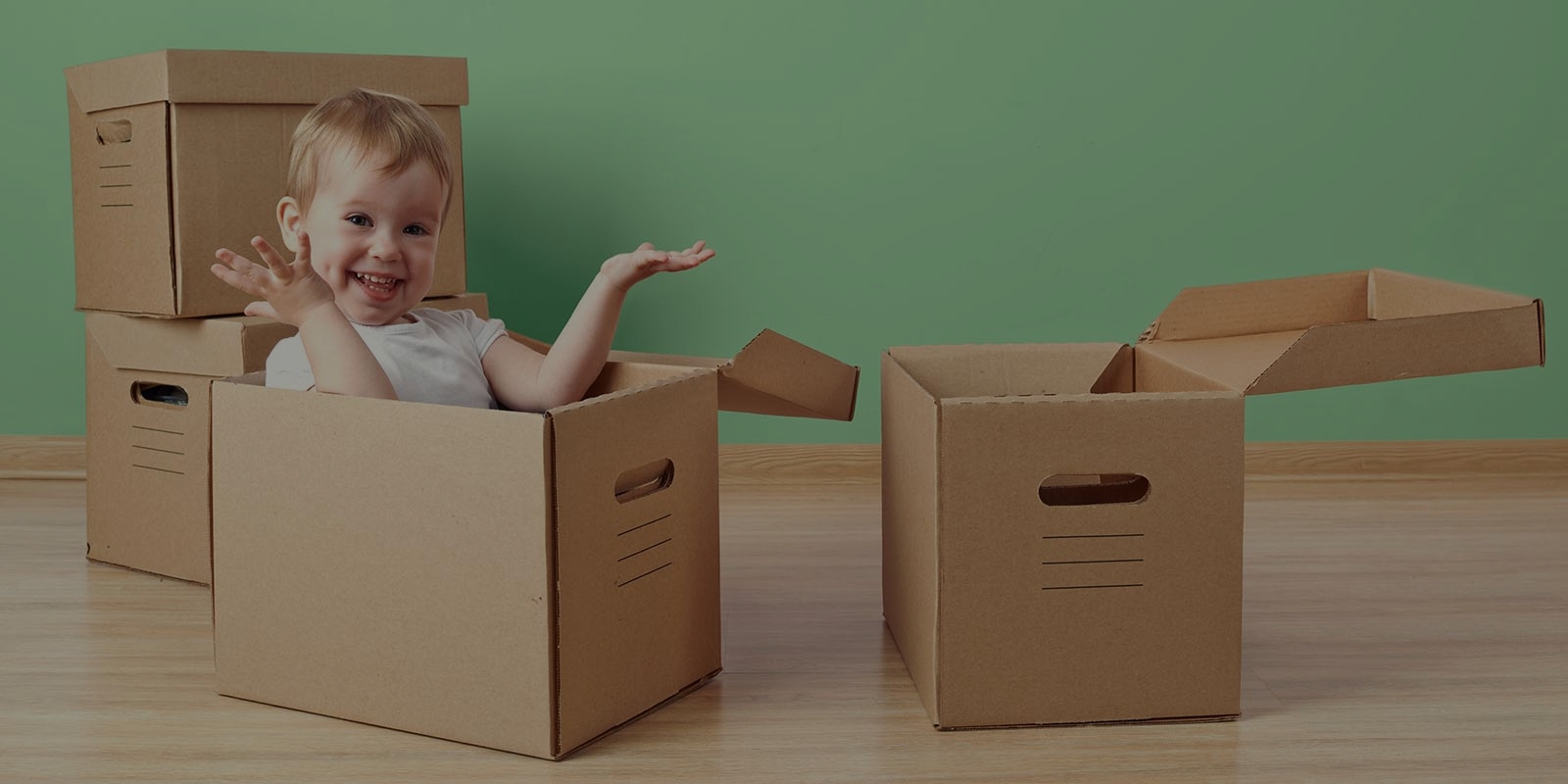Quick and Easy Solutions for Moving Your Bed and Mattress
Posted on 11/06/2025
Quick and Easy Solutions for Moving Your Bed and Mattress
Whether you're relocating to a new home, rearranging your bedroom, or simply need to transport your bed and mattress, you're likely seeking simple and efficient methods to tackle the task. The process might initially appear daunting, but with the right strategy, supplies, and a bit of planning, you can move your sleeping setup with minimal hassle. In this comprehensive guide, learn everything you need to know about quick and easy solutions for moving your bed and mattress, ensuring a smooth and damage-free transition.

Why Moving Your Bed and Mattress Requires Special Attention
A bed and mattress may seem straightforward to move, but their size, bulk, and delicate materials make them prone to damage. Additionally, improper handling can lead to personal injury or compromise your comfort after the move. Understanding the best techniques for moving your bed and mattress quickly helps preserve their longevity and keeps your moving day stress-free.
- Mattresses are heavy and unwieldy, especially king-size and memory foam models.
- Beds often need disassembly, requiring the right tools and organizational skills.
- Improper handling can void warranties or create expensive repairs.
Essential Supplies for Moving Beds and Mattresses
Before you start, make sure you gather the right supplies for moving your bed and mattress. Investing in the correct tools not only ensures a quick, efficient move but also protects your belongings during transport.
Must-Have Moving Supplies
- Mattress bag or cover: Protects against dirt, moisture, and tears.
- Moving straps: Help lift and maneuver heavy objects with ease.
- Tool kit: Essential for bed frame disassembly and reassembly.
- Plastic wrap and tape: Keeps bed components bundled and secure.
- Furniture sliders or dollies: Minimize floor damage and make moving simpler.
- Markers and bags for hardware: Keep screws, bolts, and brackets organized.
Equipped with these moving essentials, you'll find the process of moving a mattress and bed far less intimidating.
Step-by-Step Solutions: How to Move Your Bed and Mattress Quickly and Easily
By breaking the process into organized steps, you ensure each part of your bed and mattress move is efficient and safe. Let's walk through the proven techniques for easy bed and mattress transportation.
Step 1: Prepare and Clear the Area
- Remove bedding, pillows, and other accessories.
- Check the route you'll use, clearing away obstacles in hallways and near doors.
A clear path prevents tripping and accidental damage--key to a quick, stress-free move.
Step 2: Disassemble the Bed Frame
- Refer to the manufacturer's instructions if available.
- Use your toolkit to carefully remove headboards, footboards, and support beams.
- Place hardware in labeled bags or containers.
- Wrap wooden or metal components in moving blankets or plastic wrap.
Tip: Take photos as you go to streamline reassembly later.
Step 3: Prepare the Mattress for Moving
- Slip the mattress into a protective bag or heavy plastic cover.
- Seal tightly to prevent dust, moisture, or pests from getting in.
- For extra-large mattresses, consider folding (if the manufacturer allows) or rolling to manage size.
Protecting your mattress is critical for both hygiene and structural integrity.
Step 4: Use the Right Lifting Technique
- Bend at your knees--not your waist--to avoid back strain.
- Carry mattresses on their sides for stability; use moving straps for better grip.
- Team-lift heavier items whenever possible.
Using proper body mechanics is one of the best ways to move a bed and mattress safely.
Step 5: Navigate Tight Spaces
- Measure all doorways and hallways before starting.
- Remove doors temporarily if mattresses won't fit through.
- Use mattress bags with handles or sliders for easier maneuvering.
Pro Tip: If your mattress is too big for the staircase or elevator, check if your building management offers professional moving assistance for oversized items.
Step 6: Loading for Transport
- Lay the mattress flat in the moving truck to prevent sagging or bending damage.
- Place bed components on top or beside the mattress, secured with straps.
- Ensure nothing sharp can puncture the mattress during transit.
Never strap a mattress to a car roof-- it's unsafe and can damage both bedding and vehicle.
Step 7: Reassemble and Enjoy
- Reassemble the bed frame in your new location using the labeled hardware and your photo guide.
- Remove protective covers from the mattress and inspect for damage.
- Place your mattress on the frame, add bedding, and enjoy a restful sleep!
A systematic approach makes moving your bed and mattress easy and efficient.
DIY Versus Hiring Professionals: Which Is Right for You?
When facing the task of a bed and mattress move, you may wonder whether to hire professional movers or tackle the job yourself. Both options offer advantages and challenges.
DIY Bed and Mattress Moving
- Cost-effective and flexible.
- Ideal for local or short-distance moves.
- Requires renting a truck or van and may need extra help for heavy lifting.
Professional Mattress and Bed Movers
- Save time and reduce physical strain.
- Movers have experience with large, awkward shapes and tricky stairs.
- Often provide insurance for peace of mind.
- Can be more expensive, but may include equipment and supplies.
Quick solution: For cross-town moves or tight schedules, consider hiring pros just for your heaviest or most valuable pieces--like beds and mattresses--while managing lighter items yourself.
Top Tips for Fast and Hassle-Free Bed and Mattress Moves
Beyond the basic steps, certain expert strategies can make your bed and mattress moving process even faster and easier:
- Label Everything: Use tape and markers to label hardware bags and bed parts--this saves confusion during assembly.
- Recruit a Friend: Mattresses often need two (or more!) sets of hands. Don't try to move large beds or mattresses alone.
- Use Moving Dollies: A flat dolly or hand truck can make easy work of rolling a wrapped-up mattress through hallways.
- Protect Walls and Corners: Cover sharp edges of headboards or frames with towels or foam to prevent dings and scratches.
- Plan for Disposal: If you're getting rid of an old mattress, research local recycling or donation options before moving day.
- Check Mattress Compatibility: New beds or frames sometimes require a different size or style of mattress. Double-check measurements ahead of time.
- Rent a Properly Sized Vehicle: Avoid folding or cramming mattresses. Opt for a moving van or truck that allows the mattress to lie flat and fully supported.
Special Considerations: Moving Different Types of Beds and Mattresses
Memory Foam and Hybrid Mattresses
- These are heavy and flexible; always keep them flat to avoid permanent deformation.
- Use handles or moving straps for stability and control.
- Avoid folding or bending, unless the manufacturer specifically says it's safe.
Box Springs and Foundations
- Protect corners to prevent snagging or tears in the fabric.
- Some box springs can be split into two pieces for easier handling.
- Use plastic covers or moving blankets for extra protection.
Adjustable Beds
- Disconnect power cords and electronic components.
- Take photos of wiring setups or save manufacturer instructions.
- Disassemble into manageable parts; keep all hardware labeled.
Common Mistakes to Avoid When Moving Beds and Mattresses
- Skipping mattress protection: Never transport a mattress bare. Always use a heavy-duty bag or cover.
- Forgetting to secure hardware: Nothing is more frustrating than lost screws or brackets during reassembly.
- Mishandling heavy components: Use proper lifting techniques and teamwork to avoid injury.
- Strapping mattresses to vehicle roofs: This is unsafe and may cause irreparable damage.
- Neglecting to measure halls and stairwells ahead of time: Pre-measure to ensure a smooth, snag-free path.

Frequently Asked Questions About Moving Beds and Mattresses
Can you fold a mattress to move it?
Most traditional innerspring mattresses shouldn't be folded, but some memory foam or latex mattresses can bend slightly. Check your manufacturer's guidelines--improper folding can damage the mattress and void the warranty.
What is the safest way to transport a mattress?
The safest method is to wrap the mattress in a protective cover, carry it on its side with assistance, and lay it flat in a moving van. Avoid strapping mattresses to car roofs, as this greatly increases the risk of damage and accidents.
Is it worth hiring professional movers for mattresses and beds?
For large or valuable bedding, hiring professionals can be worth it. They have the tools and know-how to protect and transport your items safely and efficiently.
Conclusion: Seamless Bed and Mattress Moving Is Possible!
With the right preparation, the correct supplies, and a systematic approach, moving your bed and mattress can be quick and effortless. Whether you choose a DIY strategy or opt for professional help, careful planning will ensure your bedding arrives at your new destination safe, clean, and ready for a good night's sleep. Refer to these expert solutions for quick and easy bed and mattress transportation for a smoother, less stressful move--and wake up the next morning feeling refreshed and accomplished!







